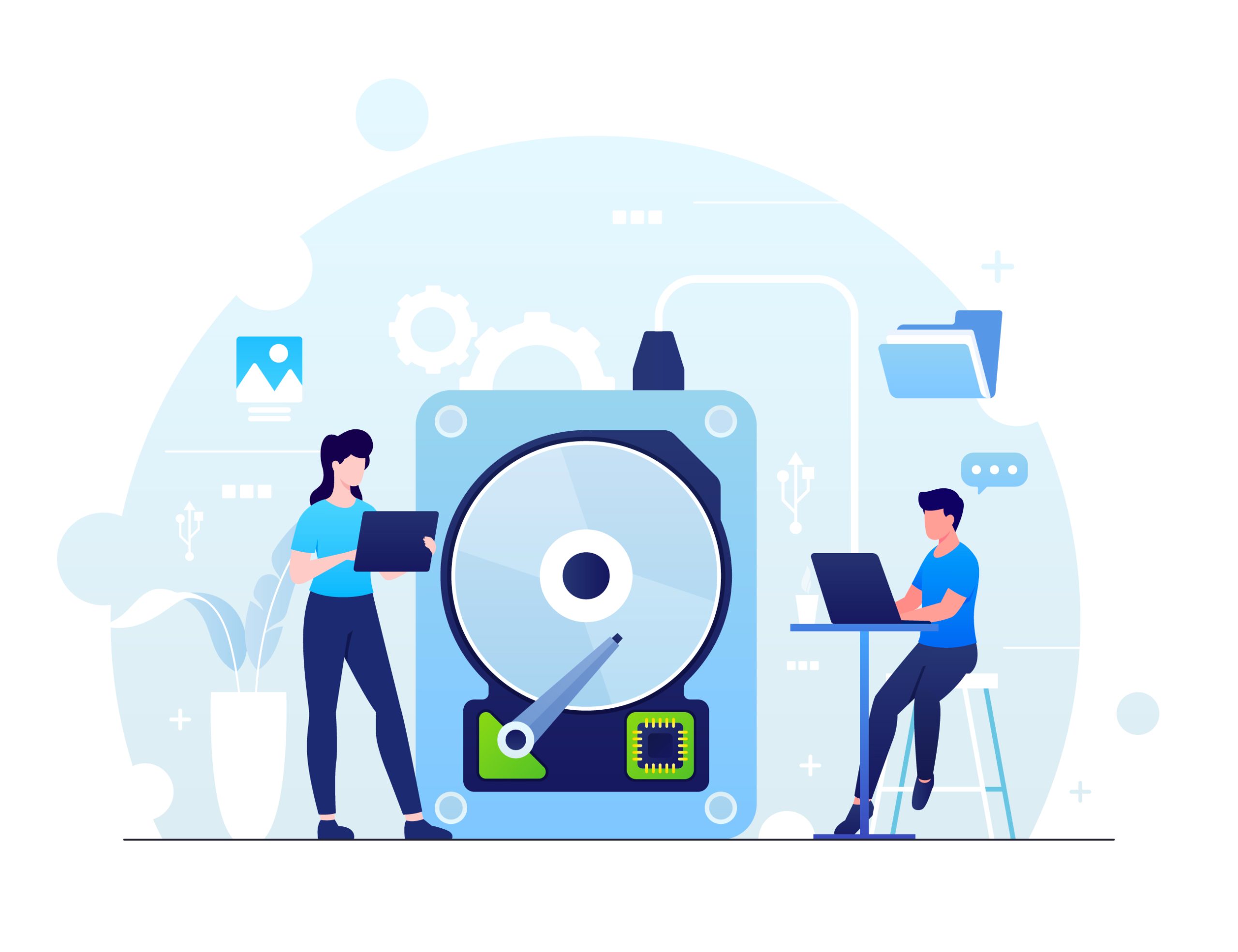Disasters can happen at any time, and they can cause significant damage to an organization’s data and systems. Disaster Recovery as a Service (DRaaS) is a cloud-based solution that enables businesses to recover quickly during a disaster. DRaaS has gained popularity in recent years due to its ability to offer a cost-effective, efficient, and scalable solution to disaster recovery.
What is DRaaS?
DRaaS is a cloud-based solution that provides businesses with a disaster recovery plan to restore their critical systems and data after an unexpected outage or disaster. The DRaaS solution is a cost-effective alternative to traditional disaster recovery solutions requiring significant hardware and infrastructure investment.
Why is DRaaS important?
In today’s digital world, businesses rely heavily on their technology and data, making disaster recovery planning critical. Disaster Recovery as a Service (DRaaS) is an important solution for businesses looking to protect their critical systems and data from disasters.
1. Minimizes Downtime
Disaster recovery is returning to business quickly after an unexpected outage or disaster. DRaaS ensures that critical systems and data are replicated in real-time, meaning businesses can recover quickly in a disaster. With DRaaS, businesses can minimize downtime and reduce the impact on their operations.
2. Cost-Effective
Disaster recovery can be expensive, requiring significant investment in hardware and infrastructure. DRaaS eliminates the need for expensive hardware, reducing the cost of disaster recovery significantly. DRaaS is a cloud-based solution, meaning businesses only pay for the resources they use, making it a cost-effective solution for disaster recovery.
3. Scalable
DRaaS allows businesses to scale up or down their disaster recovery resources based on their requirements. This scalability provides the flexibility to adapt to changing business needs. With DRaaS, businesses can quickly and easily add or remove resources, ensuring they always have the right level of disaster recovery resources.
4. Improved Reliability
DRaaS providers offer high levels of redundancy and uptime, ensuring that the business’s critical systems and data are always available. DRaaS providers use multiple data centers to replicate the data, which means businesses can be confident that their data is always safe and available.
5. Reduced Complexity
Disaster recovery planning can be complex, requiring significant time and resources. DRaaS solutions are easy to set up and use, reducing the complexity of disaster recovery planning and execution. With DRaaS, businesses can focus on their core operations, knowing that their disaster recovery plan is in good hands.
Things To Consider While Choosing DRaaS?
1. Recovery Time Objective (RTO)
It refers to the time it takes to recover from a disaster. When choosing a DRaaS solution, businesses should consider the RTO and ensure it meets their recovery needs. Businesses should look for a DRaaS provider that offers a low RTO, which means that the business can recover quickly in the event of a disaster.
2. Recovery Point Objective (RPO)
Recovery Point Objective (RPO) is the data loss a business can tolerate. Businesses should consider their RPO when choosing a DRaaS solution. A DRaaS provider offering a low RPO will ensure that the business’s data is always up-to-date and minimizes data loss in a disaster.
3. Scalability
Scalability is an essential consideration when choosing a DRaaS solution. Businesses should look for a DRaaS provider that can scale up or down their disaster recovery resources based on their requirements. This scalability provides the flexibility to adapt to changing business needs.
4. Security
Security is critical when it comes to disaster recovery. Businesses should look for a DRaaS provider that offers high levels of security, including encryption and access controls. The DRaaS provider should also comply with industry standards and regulations, protecting the business’s data.
5. Support
Support is an essential consideration when choosing a DRaaS provider. Businesses should look for a provider that offers 24/7 support and has a team of experts who can help in a disaster. The provider should also have a proven track record of delivering quality support to its customers.
6. Cost
Cost is a significant consideration when choosing a DRaaS provider. Businesses should look for a provider that offers a cost-effective solution while providing the necessary level of disaster recovery resources. Businesses should also consider additional costs, such as setup and ongoing maintenance fees.
How Does DRaaS Work?
Disaster Recovery as a Service (DRaaS) allows businesses to protect their critical systems and data from disasters. DRaaS works by replicating the business’s data and systems to a remote location or the cloud, providing a quick and cost-effective solution for disaster recovery. I
1. Replication
The first step in DRaaS is replication. The DRaaS provider replicates the business’s data and systems to a remote location or the cloud. This replication is done in real-time, ensuring the data is up-to-date and available during a disaster.
2. Testing
Once the replication is complete, the DRaaS provider tests the replicated data and systems to ensure they work correctly. This testing is essential to ensure the business can recover quickly during a disaster.
3. Failover
In the event of a disaster, the DRaaS provider will initiate failover. Failover is the process of switching from the primary system to the secondary system. The DRaaS provider will ensure that the replicated data and systems are available and can be accessed by the business.
4. Recovery
Once failover is complete, the business can access the replicated data and systems. This ensures that the business can continue to operate even in the event of a disaster. The DRaaS provider will continue replicating data and systems to ensure the business’s data is always up-to-date.
5. Failback
Once the primary system is restored, the DRaaS provider will initiate failback. It refers to the process of switching back to the primary system. The DRaaS provider will ensure that any changes made during the disaster recovery process are replicated back to the primary system.
6. Monitoring
Finally, the DRaaS provider will monitor the replicated data and systems to ensure they are always available and up-to-date. This monitoring ensures that the business can continue to operate even in the event of a disaster.
Conclusion
DRaaS is an essential solution for businesses looking to protect their critical systems and data from disasters. The cost-effective, scalable, and reliable solution enables businesses to recover quickly during a disaster, minimizing downtime and reducing the impact on the business. As more businesses move their operations to the cloud, DRaaS is becoming an increasingly popular solution for disaster recovery planning.






























































